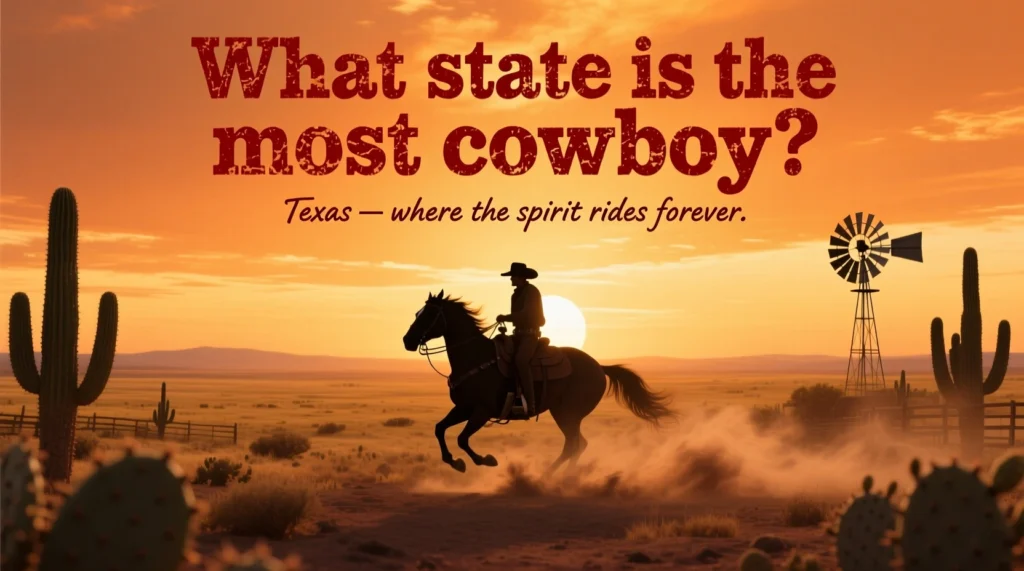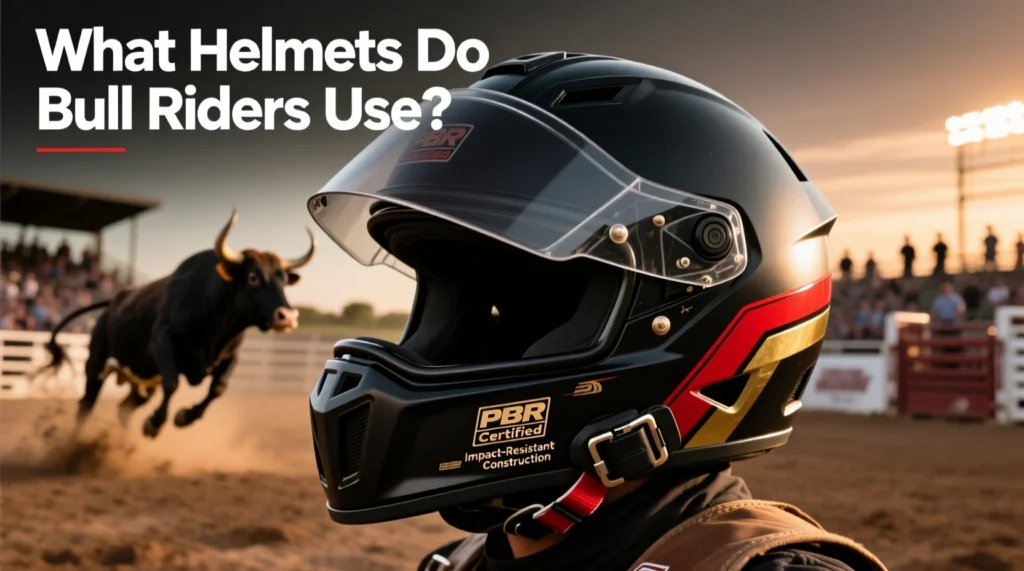Why Do Bull Riders Have One Hand Up? Explore the critical safety, skill, and scoring reasons behind rodeo’s most fundamental rule, backed by expert insight and injury statistics.
Table of Contents
The Iconic Image of Bull Riding
If you’ve ever watched a bull riding event, you’ve seen the iconic pose: a cowboy perched on a bucking, twisting 2,000-pound bull, one hand gripped tightly to a rope, the other held high in the air. This isn’t for show. The question “Why do bull riders have one hand up?” cuts to the very heart of the sport’s danger, skill, and tradition. Far from a stylistic choice, this non-negotiable rule is a critical component of safety and fair competition. For the uninitiated, it might seem counterintuitive – why not hold on with both hands when facing such a powerful animal? The answer is a complex blend of physics, safety protocol, and sporting integrity that we will unpack in this article.
The Three Pillars of the One-Hand Rule
The one-handed rule is upheld by three fundamental pillars: enhancing rider safety, ensuring technical proficiency, and guaranteeing fair and transparent scoring.
1. A Non-Negotiable Safety Requirement
The main reason bull riders keep their hands clean is for safety. The sport is inherently dangerous, with a Trauma Center study showing that head injuries are the most common, occurring in 54.3% of rodeo injury patients. The one-hand rule is a key defense against two major dangers:
- Preventing “hang-ups”: If a rider touches the bull or its rope with their free hand and sits down, their hand can easily get caught. This creates a “hang-up” scenario, where the rider, dragged or kicked by the bull, is unable to free himself. This dramatically increases the risk of serious injury.
- Assisting Bullfighters: Professional bullfighters (or rodeo clowns) are tasked with distracting the bull and rescuing fallen riders. A rider who keeps his free arm clear is much easier to pull quickly to safety.
2. Demonstrating Technical Mastery and Control
Bull riding is not a test of brute strength. It’s a display of balance, flexibility, coordination, and courage. Using two hands to hold on will turn the sport into a simple contest of grip strength. The one-handed rule forces the rider to control their body using core strength and correct balance while remaining focused on the bull’s movements. It shows true skill. As former pro bull rider Justin Christiansen explains, this sport requires you to give it your all, just like any other elite athlete. A rider’s motivational action, which can increase their score, is only possible with the disciplined, balanced posture that the one-hand rule enforces.
3. Ensuring Fairness and Scoring Integrity
A standard rulebook is essential for any legitimate sport. In professional bull riding, the scoring system is perfectly balanced: 50% of the score is based on the rider’s performance, and the remaining 50% is based on the bull’s difficulty and bucking action. Judges award points based on the rider’s control, form, and spring technique. Allowing a rider to use two hands would undermine the entire scoring system, making it impossible to judge a rider’s technique fairly against his peers. This rule ensures a level playing field where skill, not just survival, is rewarded.
The Consequences and the Critical Exception
What Happens If a Rider Uses Two Hands?
The penalty for violating the one-hand rule is severe and immediate: disqualification. The rider receives a score of zero, regardless of how long they remain on the bull. Unlike a foul caused by a bull, a hand violation is considered a rider’s fault, and they are not eligible to ride again.
The Junior Division Exception: “Safety First” for Beginners
While the rule is absolute at the professional level, there is an important exception for junior divisions, such as Novice Steer Riding. In these events, smaller or shorter riders are often allowed to use two hands. This exemption is granted for several important reasons:
- Developing strength: Young riders are still building the necessary muscle control and core strength.
- Small animals: They typically ride steers weighing 200-275kg, which are less powerful than the 400kg+ bulls used in professional events.
- Skill development: This acts as a training method, giving beginners confidence before moving on to the one-handed techniques of the pros.
Beyond the Rule: The Bull Rider’s Toolkit
Special equipment is required to stay on one hand for the required eight seconds. The most important is the bull rope, a braided rope with a leather handhold which is wrapped around the bull’s chest. Riders use rosin, a sticky substance, on their gloves and rope to improve their grip. For protection, safety vests are standard and helmets are becoming increasingly mandatory, especially for riders born after 1994 in organizations such as the Professional Bull Riders (PBR). This equipment is uniquely suited to support the challenge of one hand.
A Rule Forged by Necessity
The question “Why do bull riders have one hand up?” finds its answer in a powerful trifecta: safety, skill, and fairness. This fundamental principle is not about tradition for tradition’s sake. It’s a vital safeguard that reduces life-threatening risks, elevates the sport to a display of superior athleticism, and maintains the integrity of the competition. The next time you see a rider bursting from injury while holding the reins high with one hand, you’ll be seeing more than just a cowboy – you’ll be seeing evidence of the calculated courage that defines one of the world’s most extreme sports.








